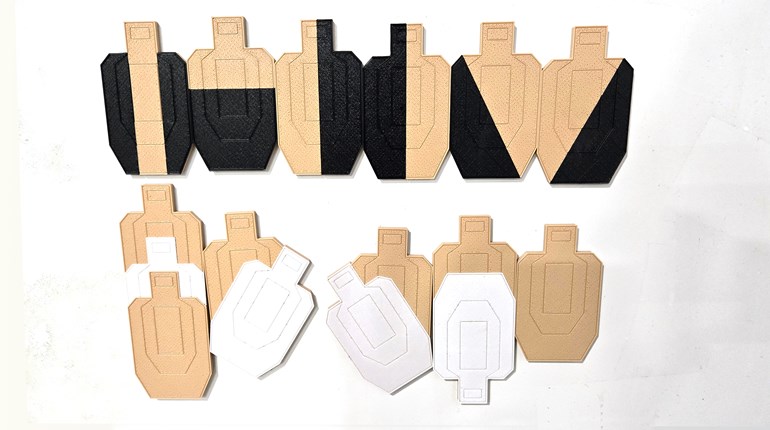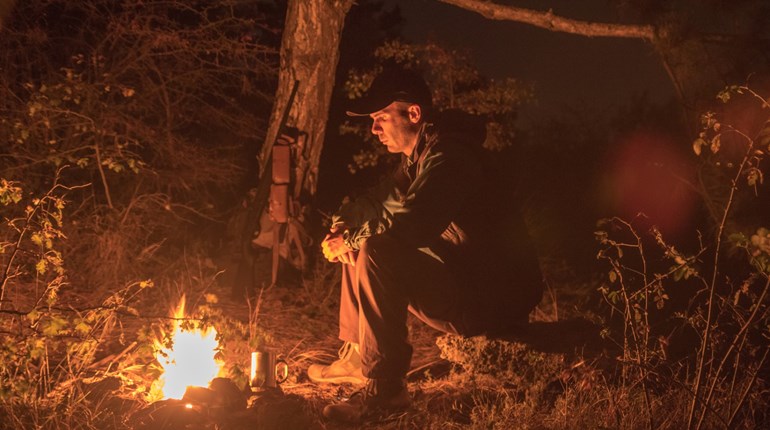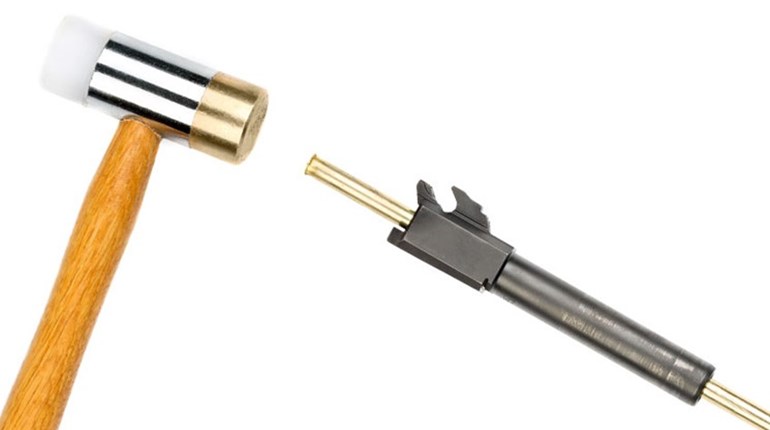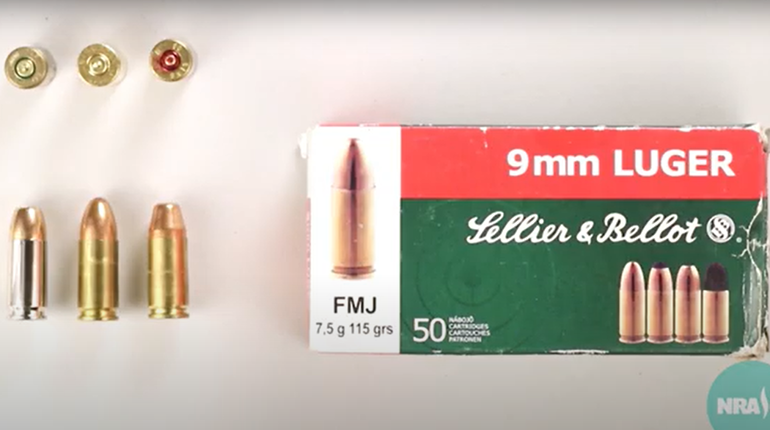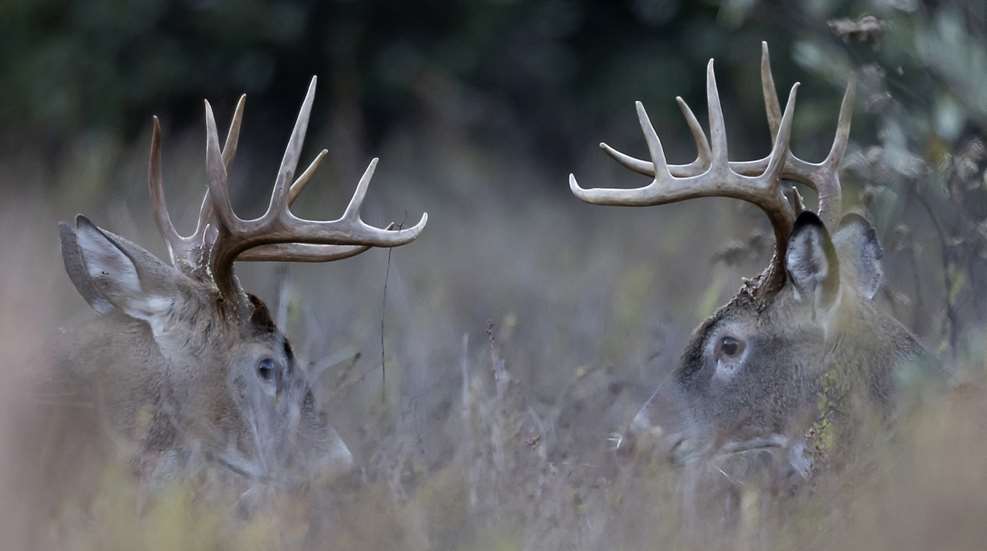
Shooting rifles and handguns from the bench is the best way to determine the accuracy of the gun and chosen ammunition, but it is not a realistic method of practice for most hunting situations. Once our gun is sighted for whatever distance we have determined adequate for the coming hunt, it’s time to practice from real-world positions. You will have to determine what those most likely field positions are, depending on what and where you will be hunting. A hunter in the wide open Southwest might be required to make a shot at some distance, while the Northwoods hunter may never need to shoot more than 80 yards in heavy timber.
I find shooting sticks invaluable. I have used them for rifle and handgun hunting and can guarantee many of the heads on my wall, and delicious meat in the freezer, would not have been collected had I not used them. Same goes for my family.
I practice with the sticks from a wide range of shooting positions; standing, kneeling, sitting and even prone. The environment where you are hunting will dictate which position you will most likely use. The method which you are hunting, as well as the game animal pursued, will equally come into play. If you are deer hunting from a tripod above the mesquite and prickly pear of south Texas, you will likely be shooting from a sitting position. So, much of your practice should include this position.
Hiking the rugged mountains of far west Texas for aoudad? Practice everything because you never know if they will be close or far with no way of getting closer. Prior practice shooting off the sticks or a backpack could prove to be very beneficial. You might have a boulder handy to accommodate a rock-solid rest or need to force your forearm into a dead tree limb for a steady shot at that big ram that is getting ready to exit the stage. Knowing how to best get steady or use your sling quickly can mean the difference between getting a shot or watching your quarry depart the horizon on yon hill.
Paper targets with diamonds, grids and bullseyes are fine for sighting-in. Unfortunately, the animal you will be hunting will have no such mark to aim upon its hide. Printing photos of the animals we are hunting, or simply drawing them, is creates great targets for dry fire and live practice. (The Perfect Shot: Mini Edition for North America by Craig Boddington and The Perfect Shot: Mini Edition for Africa by Kevin Robertson are excellent references to study and keep in your hunting pack.) Using printed photos, old magazine pictures, or hand drawings for targets and placing shots in the appropriate areas can be valuable practice.
Snap caps are really handy for this, realistically simulating loading, ejecting, reloading and unloading ammunition in the firearm. Carry them as you would carry ammunition in the field, be it a belt slide, pocket carrier, belt pouch, etc.
Not only is this great practice, used correctly it can really drive home the importance and added repetition of safely manipulating ammo and the gun. Muzzle integrity, safety manipulation and finger position (OFF the trigger until our sights are on the target), is a must and becomes exponentially important when guides and fellow hunters are present. Practicing these things in a less stressful environment will ensure they are correctly administered in the field where excitement and adrenalin can come into play. Likewise, if you can, practice the same things at the range with live ammo on targets.
Dry-fire practice in low light proved most important on a recent Cape buffalo hunt. Preparing for the safari, I drew a buffalo on a piece of cardboard. Using snap caps, I dry-fired from field positions in the living room at night.
One evening, with the lights low, I noticed the brass bead front sight of my revolver wasn’t as clear as I’d like. A dab of orange acrylic paint applied to the sight did the trick. As luck would have it, my shot on an old bull came at sunset, in the shadows, and the orange dot showed perfectly on his coal-black hide.
One last suggestion for realistic hunting practice is to shoot (live or dry) with the clothes you will likely be wearing. Make sure your coat or vest does not hamper movement, change scope eye relief too much by increasing length of pull, or make your rifle sling too tight. Shooting in short sleeves in July will not be exactly like shooting bundled up in December. Train like you hunt!













